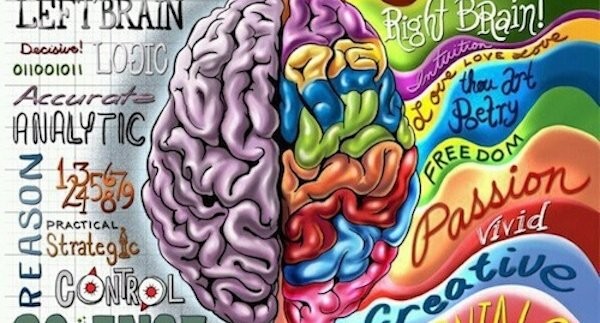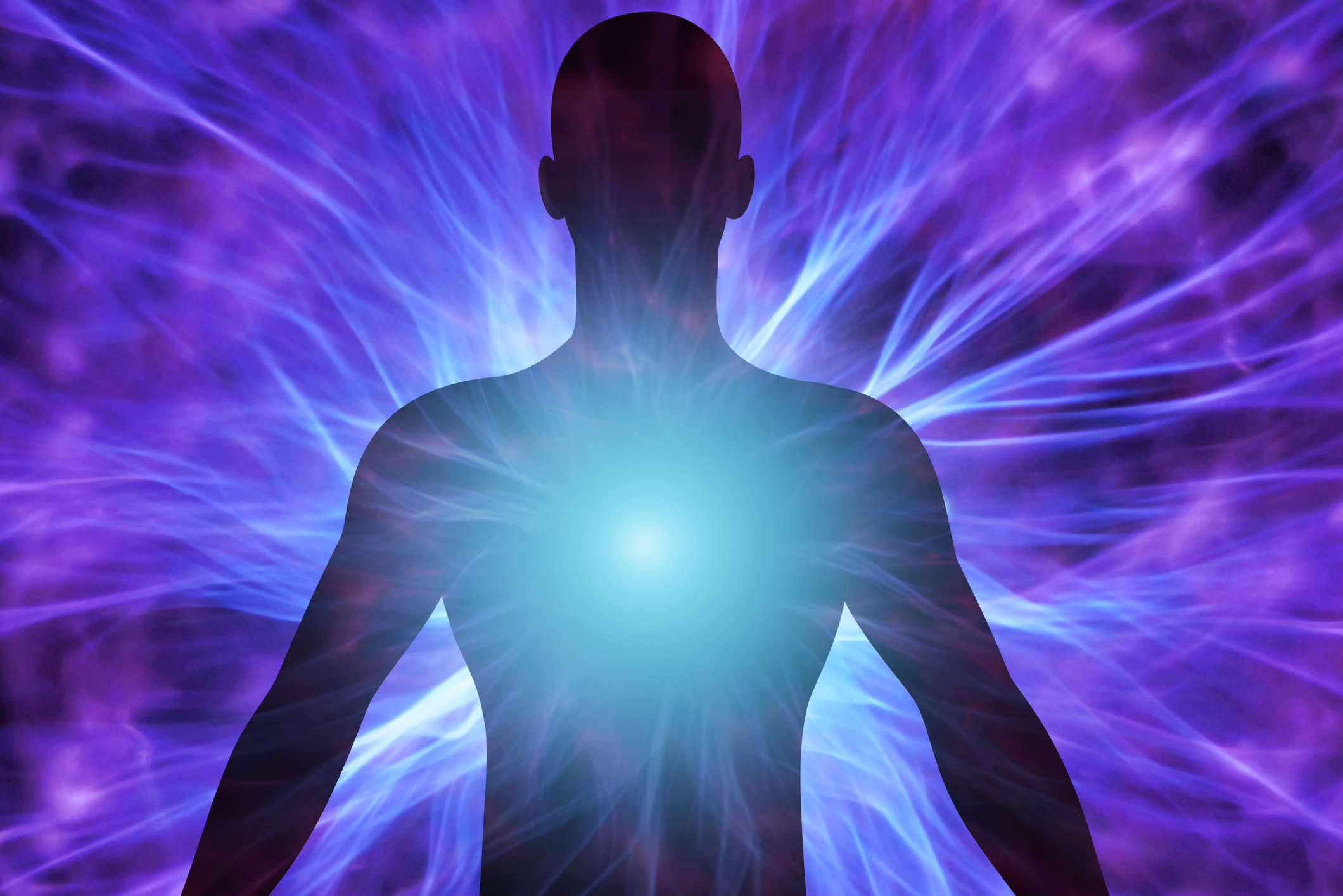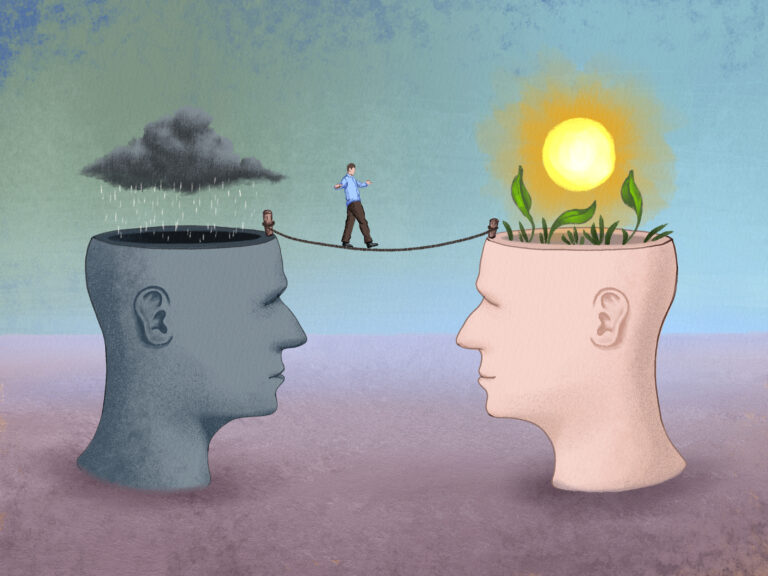Polyvagal theory is a fascinating concept that sheds light on how our autonomic nervous system influences our responses to the world around us. In this article, we will delve into the key principles of polyvagal theory and explore how it can help us understand our automatic and often unconscious reactions to different situations. To illustrate this theory, we will follow the journey of Sarah, a fictional character, as her nervous system transitions between three distinct states in response to various environmental cues.
Sarah’s Nervous System Journey
Sarah’s experiences provide a vivid example of how our autonomic nervous system can rapidly shift between different states. These states are associated with specific branches of the parasympathetic nervous system. Let’s break down Sarah’s journey:
Ventral Vagal State: Safety and Connection
- While driving with her husband, singing along to their favourite song, Sarah’s nervous system is in a state of safety and connection.
- The ventral vagal branch of her parasympathetic nervous system is active.
- She feels safe, peaceful, happy, active, and engaged.
- The world seems like a secure place, and she is at the top of the autonomic ladder.
Sympathetic State: Fight or Flight
- Suddenly, she hears a police car siren behind her, triggering thoughts of potential wrongdoing.
- Her heart rate accelerates, and her breathing becomes short and shallow.
- She experiences anxiety and a rush of adrenaline.
- Sarah has entered the sympathetic branch of her autonomic nervous system, the fight or flight response.
Dorsal Vagal State: Shutdown and Dissociation
- Later, when visiting her brother with her abusive mother present, Sarah begins to shut down.
- She feels disconnected from the conversation, numb, and detached.
- Sarah has descended to the bottom of the autonomic ladder, where the dorsal vagal branch of her parasympathetic nervous system is active.
- Her energy is low, her breathing is shallow, and she has dissociated as a survival mechanism.
Sarah’s experiences vividly demonstrate how our autonomic nervous system responds to environmental cues through the ventral vagal, sympathetic, and dorsal vagal pathways.
The Essence of Polyvagal Theory
Polyvagal theory provides a neurophysiological framework for understanding why we react the way we do. It underscores that our actions are often automatic and beyond our conscious control. Sarah, for example, did not consciously decide to increase her heart rate or shut down in the presence of her mother. These responses were automatic and unconscious, initiated by her autonomic nervous system long before she had time to consciously process events.
Neuroception: Unconscious Scanning for Safety and Threat
Polyvagal theory introduces the concept of “Neuroception,” which refers to the autonomic nervous system’s unconscious scanning for cues of danger, safety, and threat. Every time we encounter someone or a situation, our Neuroception evaluates whether they are safe or dangerous. This information is then used to regulate various bodily functions, including heart rate, breathing, muscle tension, and pain tolerance.
The Wandering Vagus Nerve
The Vagus nerve, derived from the Latin word “Vagus” meaning wandering, traverses various organs, including the brainstem, heart, lungs, digestive system, liver, gallbladder, spleen, pancreas, and kidneys. Consequently, cues of danger detected in one organ are rapidly communicated to others. Healthy individuals can smoothly transition between each autonomic state, but trauma survivors may become trapped in sympathetic or dorsal vagal states due to their past experiences.
Trauma’s Impact on Nervous System Regulation
To further emphasize the significance of polyvagal theory, let’s consider Stephen’s story. Stephen endured physical abuse as a child and was relentlessly bullied at school. Initially, he tried to fight back, but when this failed to protect him, his nervous system shifted into dorsal vagal shutdown mode—the last resort for self-preservation. Trauma disrupted Stephen’s ability to regulate his nervous system, replacing his natural inclination towards connection and safety with a predisposition for protection. His Neuroception became distorted, leading him to overestimate danger and struggle to recognize cues of safety and connection.
Healing Through Connection
Healing from trauma often requires a paradoxical challenge—connection. While the connection may feel dangerous to individuals like Stephen, it is essential for their recovery. Therapy becomes a pivotal avenue for healing, as it offers cues of safety. Therapists can achieve this by validating distress, maintaining a soft gaze, adopting a calm tone, actively listening, and adopting an open body posture. Through these actions, therapists communicate to the client’s nervous system that the environment supports emotional and physical safety, gradually guiding them back to their ventral vagal state of connection.
Co-Regulation: A Biological Imperative
One of the central principles of polyvagal theory is co-regulation, a biological imperative for survival. This concept underscores that our nervous systems require connection with other nervous systems to experience physical and psychological well-being. Just as young children rely on their parents or caregivers for co-regulation, we, too, need relationships that have found their way to ventral vagal regulation.
Conclusion
Polyvagal theory offers valuable insights into the intricate interplay between our autonomic nervous system and our responses to the world. By understanding the three-tiered hierarchy of states (ventral vagal, sympathetic, dorsal vagal), appreciating the concept of neuroception, and recognizing the importance of co-regulation, we can gain a deeper comprehension of our automatic reactions and those of individuals impacted by trauma. This knowledge can pave the way for healing and restoration, emphasizing the critical role of safe and supportive relationships in our journey toward well-being.
Related posts:
 How and why children who have experienced trauma may find it more difficult to regulate their emotions and behaviours than other children
How and why children who have experienced trauma may find it more difficult to regulate their emotions and behaviours than other children
 The Science of Integration: Understanding Harmony in Relationships and the Brain
The Science of Integration: Understanding Harmony in Relationships and the Brain
 The Power of Interoceptive Awareness in Healing
The Power of Interoceptive Awareness in Healing
 Understanding Therapeutic Parenting: A Comprehensive Guide
Understanding Therapeutic Parenting: A Comprehensive Guide



